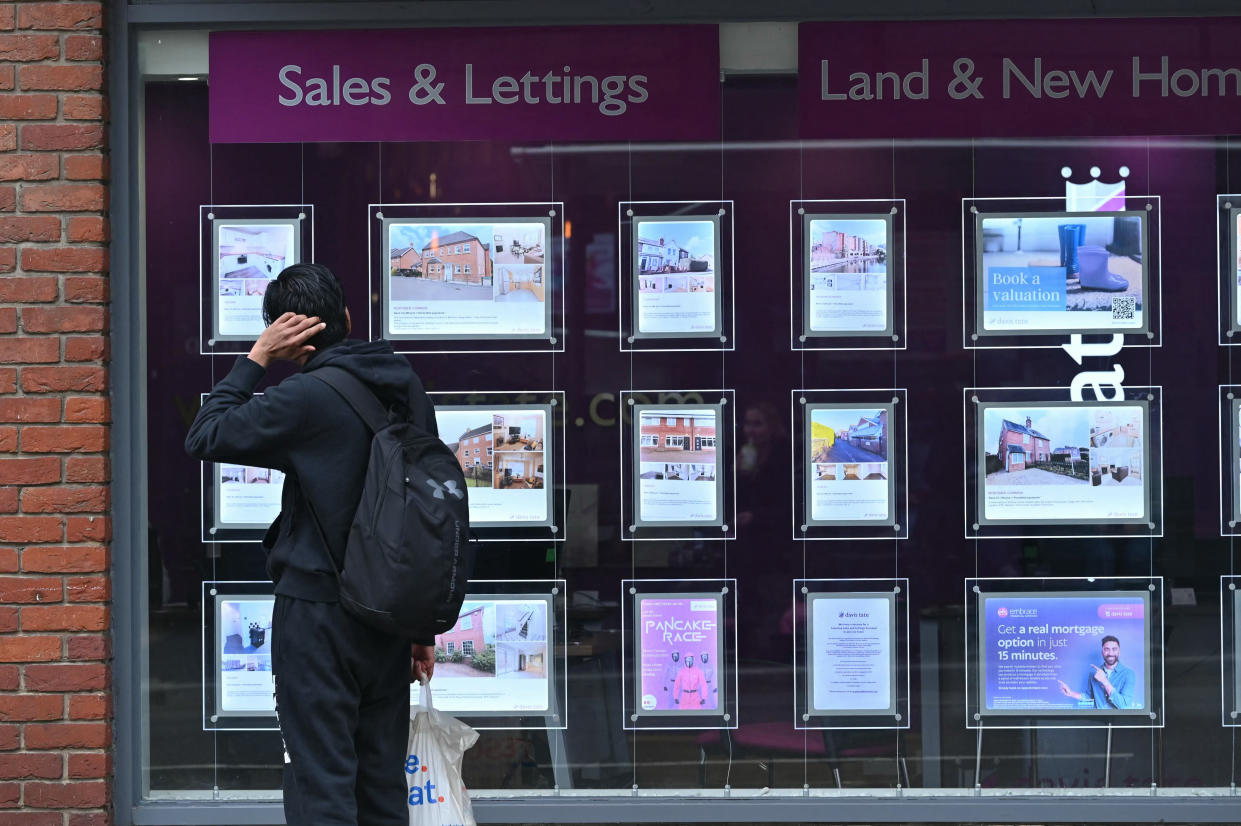Mortgage rates top 7% — again
The average 30-year fixed mortgage rate climbed past 7% this week, hitting 7.03% from 6.94% a week prior, according to Freddie Mac. Rates have mostly stayed above 7% since mid-April but had been on the decline for almost a month.
Rates began to rise after Federal Reserve officials said last week they would trim benchmark rates only if inflation slows further and even floated the possibility of rate hikes if inflation data continues to disappoint. Rising mortgage rates had an immediate impact on homebuyers sensitive to financing costs, hindering purchase activity in an already hampered market.
"More hawkish commentary about inflation…as well as economic signals that have moved sideways over the last few weeks, have resulted in mortgage rates drifting higher as markets continue to dial back expectations of interest rate cuts," said Sam Khater, Freddie Mac's chief economist.
Read more: Mortgage rates today, May 30: 30-year rates hover near 7%
Mortgage activity falls
Both buying and refinancing activity dipped, according to the Mortgage Bankers Association. Purchase applications declined by 1% from a week ago, while refinancing activity dropped by 14%. Mortgage demand is 10% lower than the same week a year ago.
"Borrowers remain sensitive to small increases in rates, impacting the refinance market and keeping purchase applications below last year's levels," said Joel Kan, MBA's vice president and deputy chief economist, adding that homebuyers continue to struggle to find homes within their budget.
According to Freddie Mac, mortgage rates have hovered between mid-6% and mid-7% so far this year. Buyers are paying borrowing costs over two times higher than three years ago when rates floated around 3%.
At the current average rate, a homebuyer would pay $1,600 monthly on a $300,000 home with a 20% down payment, according to the Yahoo Finance mortgage calculator.
Read more: Mortgage rates back atop 7% — is this a good time to buy a house?

Majority of homeowners have rates lower than today's average
Nine in 10 homeowners with mortgages have an interest rate below 6%, according to Redfin. The disparity has caused a phenomenon known as the "lock-in effect," in which many owners are choosing to stay put instead of selling to keep the advantageous rates.
It’s also creating an inventory shortage. The number of available single-family homes for sale was around 1.2 million last month, a decade low except for during the pandemic when listings were around 1 million units, according to Redfin data.
April's active listings are 30% lower than the same month in 2019 and sit at about a 3.5-month supply, according to the NAR. A market with 6 months' supply is considered balanced. Meanwhile, the share of homes sold above the asking price reached nearly 35% in April, according to Redfin.
"We want more supply, more supply, more supply," said Lawrence Yun, chief economist at the National Association of Realtors.
Rebecca Chen is a reporter for Yahoo Finance and previously worked as an investment tax certified public accountant (CPA).
Read the latest financial and business news from Yahoo Finance
